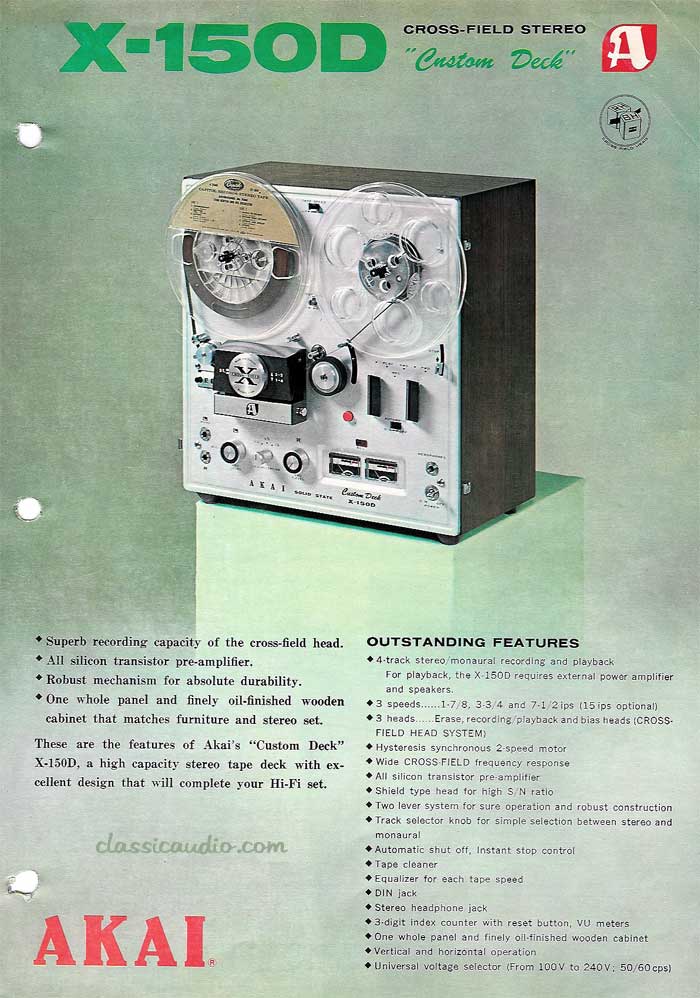Hehe... The degradation is caused by the aging of the binder (glue) that holds the particles. So you'd reverse everything that you'd normally would do: store the tapes in a warm, moist or moldy room, in the sun, fully unprotected thus not in a box nor the plastic it originally came in... Or you could keep winding the tape on a bad recorder (ie not cleaned, not demagnetized) and keep holding the cue button so the heads hit the tape. If you see a residue coming from the tape and landing on your machine (like brown, rusty colored dust), that's the particles coming from the tape. Every particle is little piece of sound you loose.
Another way to get really bad tape sound is by playing them on a bad recorder, with bad wow and flutter (which is caused by a dirty tape path, bend capstan shafts, irregular running reel tables, bad pinch rollers). This will give awkward pitches, a bit of a watery sound, but could also give a dull sound. A dynamically dull sound, with loss in highs and mids, is also achieved by damaged heads, badly aligned heads and magnetized heads.
Then there's print through, which is a sort of pre- or post echo on the tape. Because tape is polyester band on a round spindle, glued with metal particles that hold a magnetic recording, you have many layers of tape sitting on top of each other. Because these layers are magnetic, they can affect each other, leaving a weak copy of one layer onto the other. This effect is partially influenced by the way the recorder recorded the sound on tape, and whether that tape was suitable or not (the bias), but mostly by the quality of the polyester band, the quality of the particles and the storage conditions.
Dropouts (occasional losses of sound) are normally caused by a recorder that has a bad bias, but is also caused by damaged tapes, tapes that lost more particles on a random parts. So if you want drop outs, you could probably find a way to achieve those. On video and audio tapes, dropouts are often caused by non rewound tapes that fell to the floor, physically damaging a small part of the tape. I reckon you could find a way to damage your tapes...
A very easy way to degrade sound is by what I (and probably others) use to call 'generation loss', which was a big worry editing analog video and audio. In analog audio, generation loss is simply the loss of fidelity by making copies of one tape to another. If you keep copying tapes, from A to B and from B back to A, and you keep doing that a few times, you'll get a lot of loss in fidelity with every copy (ie generation) you make. That happens on any recorder and recording, no matter how well everything is set up, but if you want to enforce this effect it does help to start with a bad recording played back on - or record it to - a badly maintained machine.
Problem is however, that it's mostly an uncontrollable effect. You can force it only a bit cause most of the 'effect' is due to age and bad maintenance, so whether you'll get that exact sound you are now looking for is doubtful. It is a gamble.
But maybe (likely) the tapes and the recorders are already in such a bad shape that you don't need to do anything to them 
Edit (one of many): I now listened to those disintegration loops, and my guess is that it's really mostly a sort of 'live' generation loss, with a short loop being recorded, played back and re-recorded on the spot, over and over again, like with a tape echo or a nifty set up of a 3-head recorder with monitor function. Brian Eno and Robert Fripp did something like that, called Frippertronics: http://en.wikipedia.org/wiki/Frippertronics
